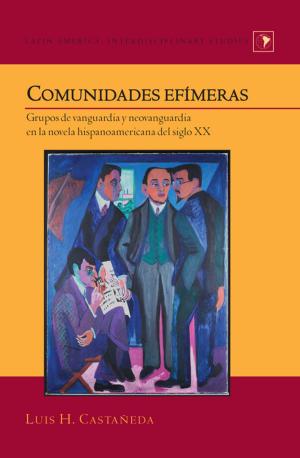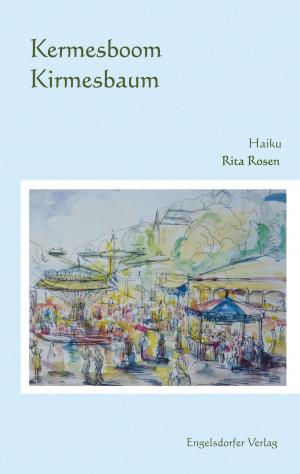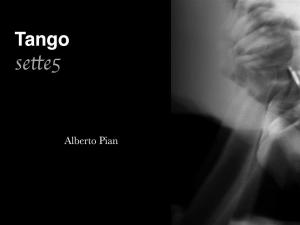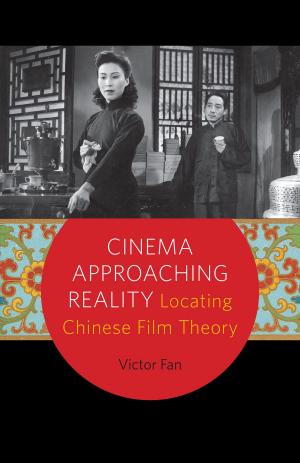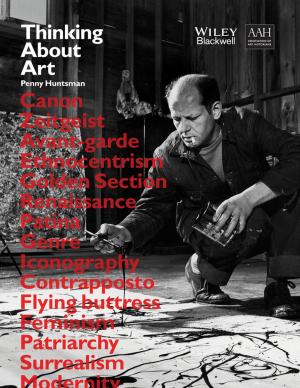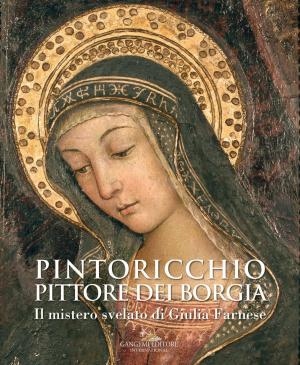Hidden Secrets in Mona Lisa
İslamic Codes of Da Vinci
Comics & Graphic Novels, Religious, Biography & Memoir, Artists, Architects & Photographers, Nonfiction, Art & Architecture| Author: | huseyin dogan | ISBN: | 1230001588095 |
| Publisher: | Sidartha | Publication: | March 11, 2017 |
| Imprint: | Language: | Dutch |
| Author: | huseyin dogan |
| ISBN: | 1230001588095 |
| Publisher: | Sidartha |
| Publication: | March 11, 2017 |
| Imprint: | |
| Language: | Dutch |
Hüseyin Doğan presents these as evidence of Leonardo’s travels to Muslim countries like Egypt, Syria, Anatolia and spending time there, benefiting from the sources and also being influenced by them; his area of interest moving towards technical fields and engineering. The main plot is Leonardo’s being influenced by Islam or even if he did not reveal it, being a Muslim, and putting details about these in his paintings. Placing the things he learned about Islam in his works in a concealed and encoded way. Especially Mona Lisa, the Virgin of the Rocks paintings and the Last Supper mural are examined in detail. Leonardo took sanctuary in Islam after being mistreated in Christian world and on top of that being slandered for homosexuality. In the meantime, he was looking for ways to get revenge. “It was a simple and temporary type of revenge and rebellion for someone creative like Leonardo. So he had to reflect this rebellion permanently in his works via a number of mysteries.”
Hüseyin Doğan presents these as evidence of Leonardo’s travels to Muslim countries like Egypt, Syria, Anatolia and spending time there, benefiting from the sources and also being influenced by them; his area of interest moving towards technical fields and engineering. The main plot is Leonardo’s being influenced by Islam or even if he did not reveal it, being a Muslim, and putting details about these in his paintings. Placing the things he learned about Islam in his works in a concealed and encoded way. Especially Mona Lisa, the Virgin of the Rocks paintings and the Last Supper mural are examined in detail. Leonardo took sanctuary in Islam after being mistreated in Christian world and on top of that being slandered for homosexuality. In the meantime, he was looking for ways to get revenge. “It was a simple and temporary type of revenge and rebellion for someone creative like Leonardo. So he had to reflect this rebellion permanently in his works via a number of mysteries.”



